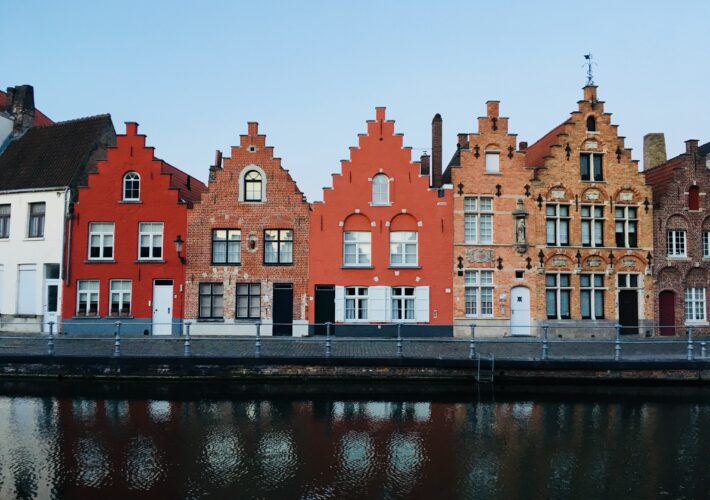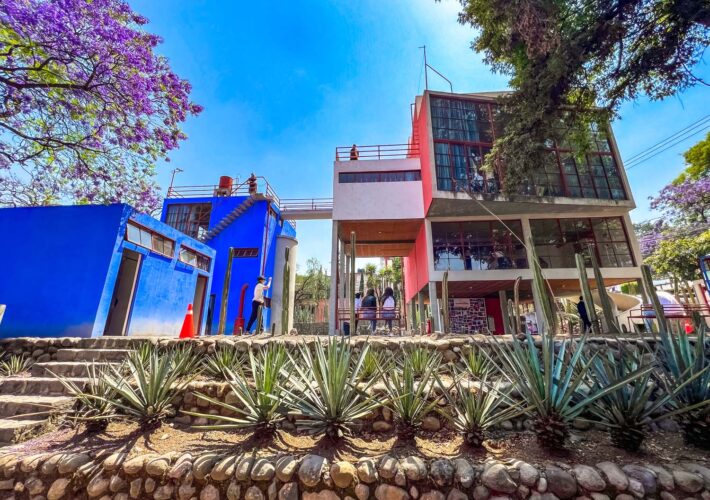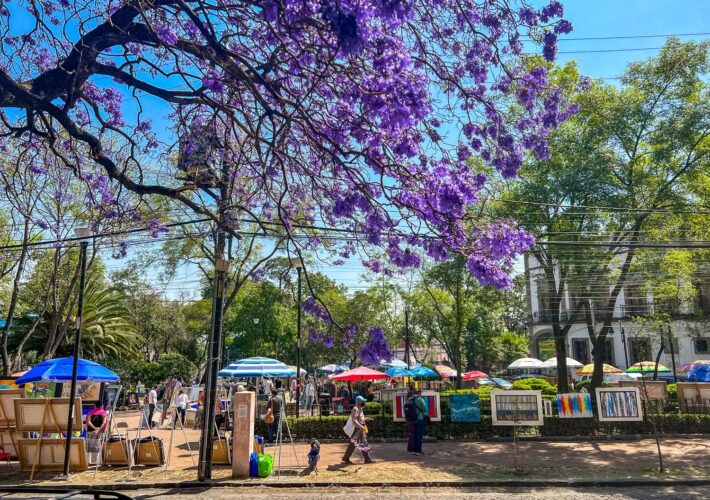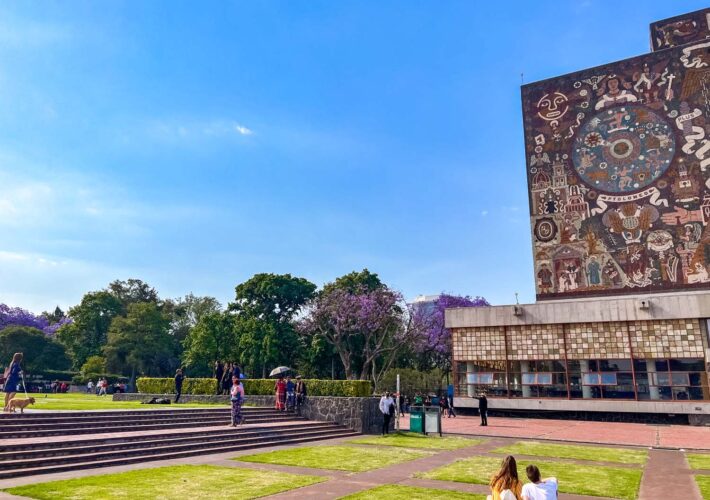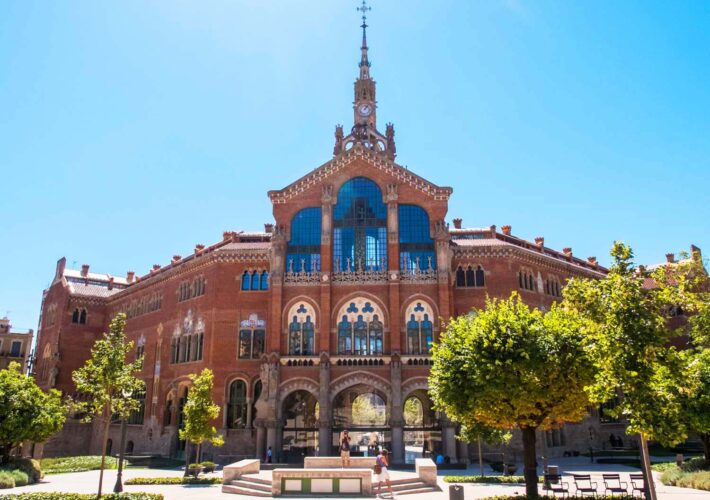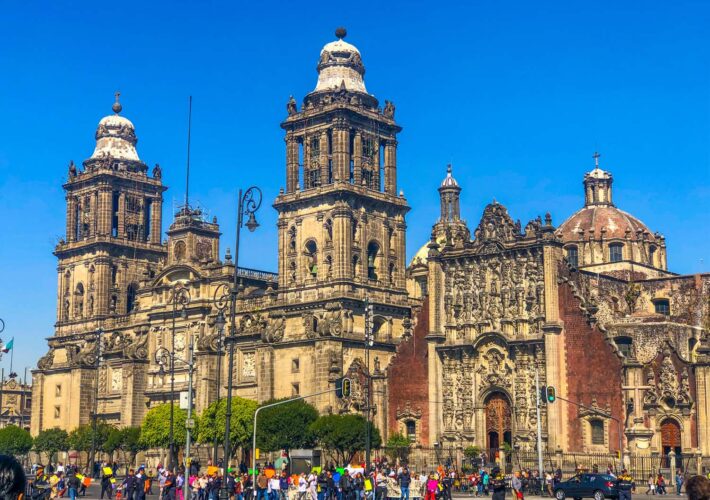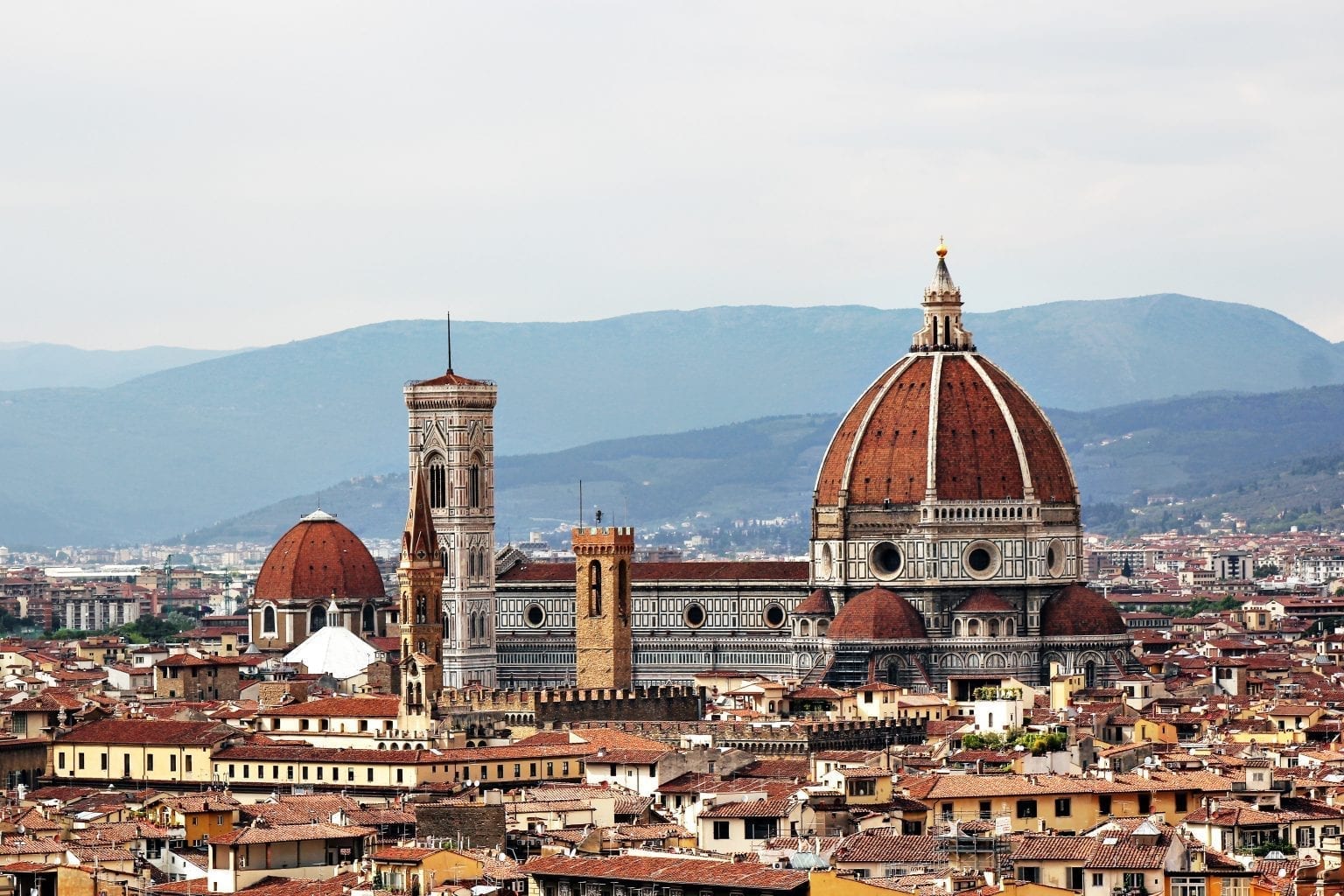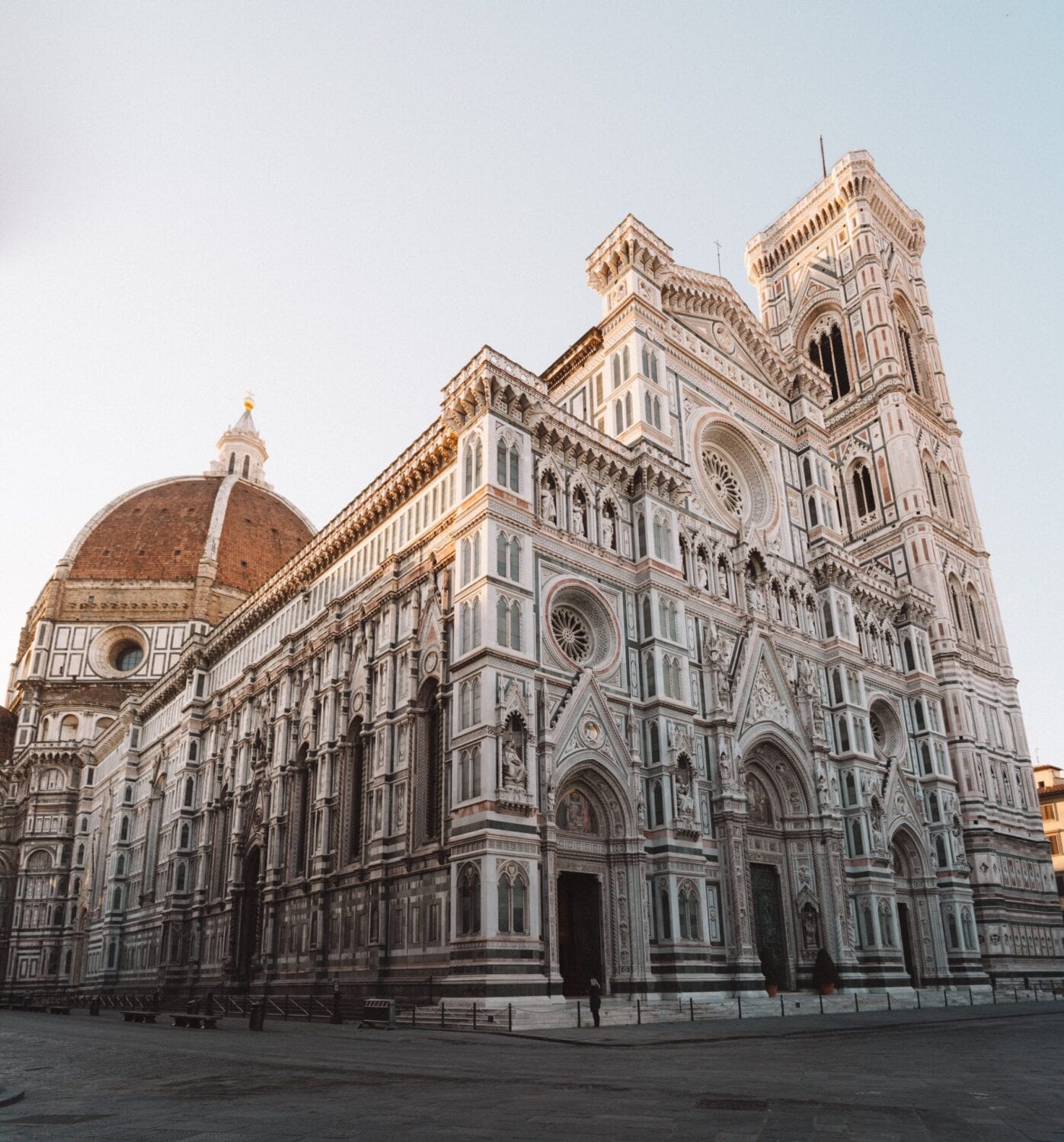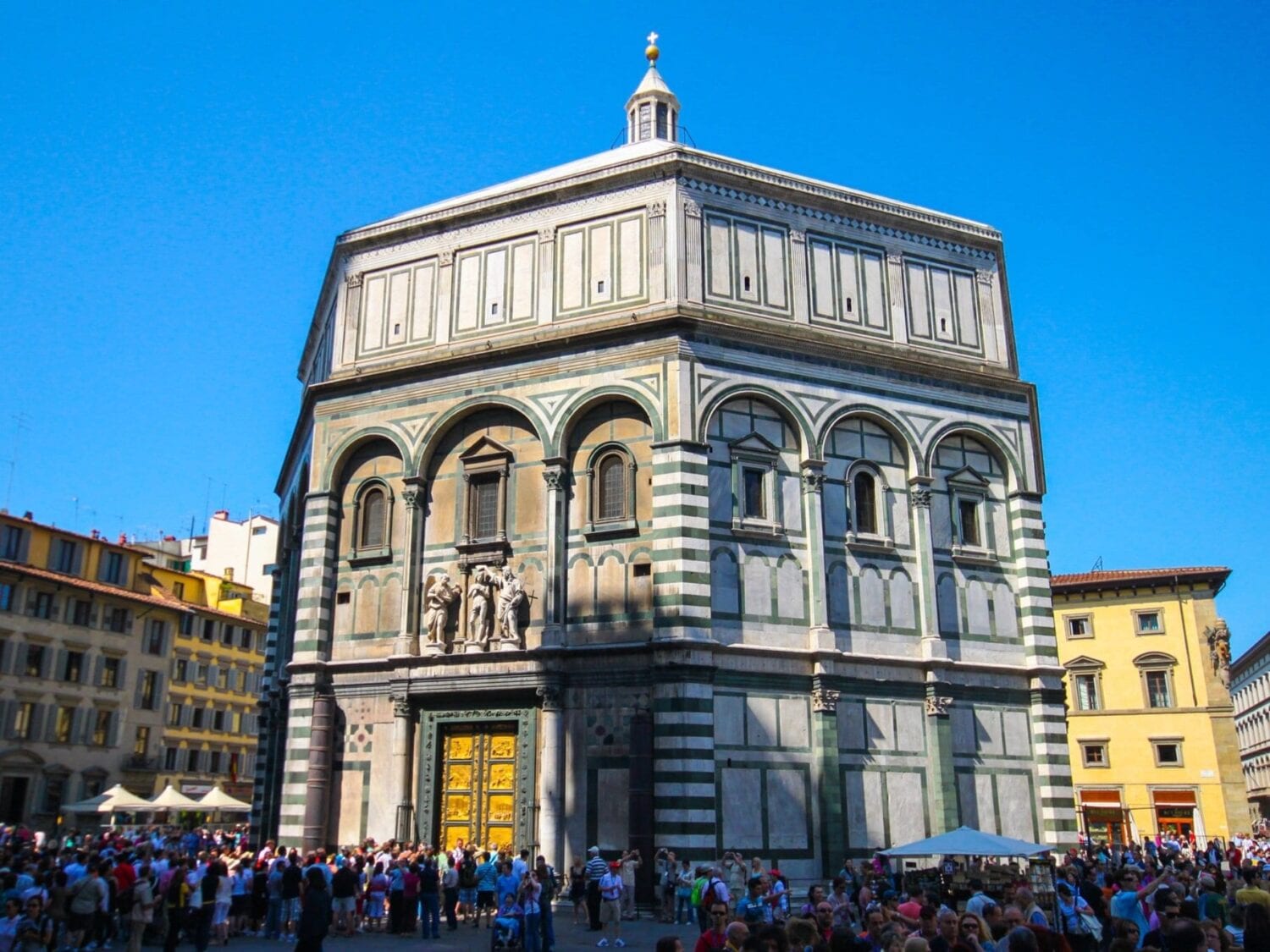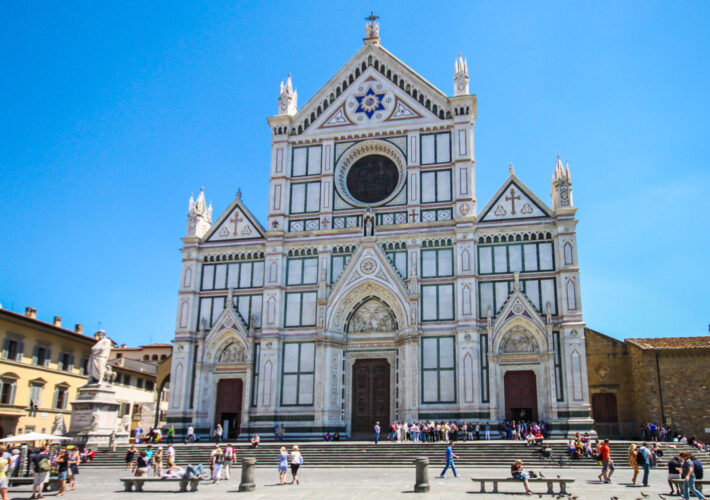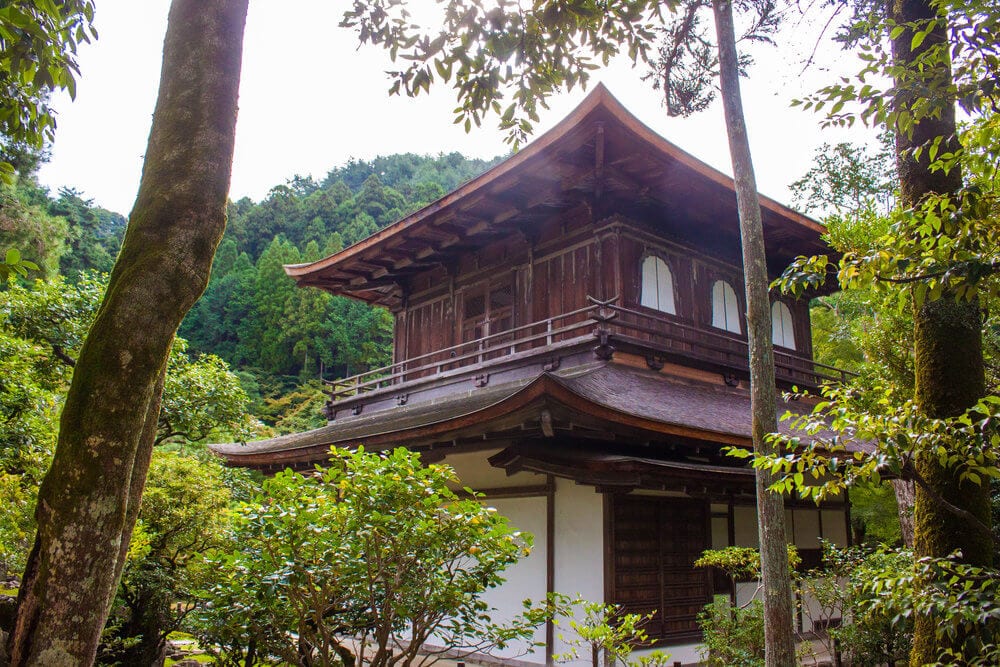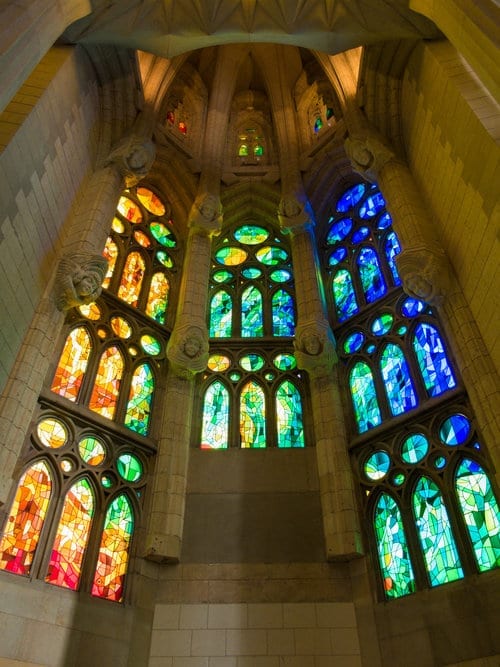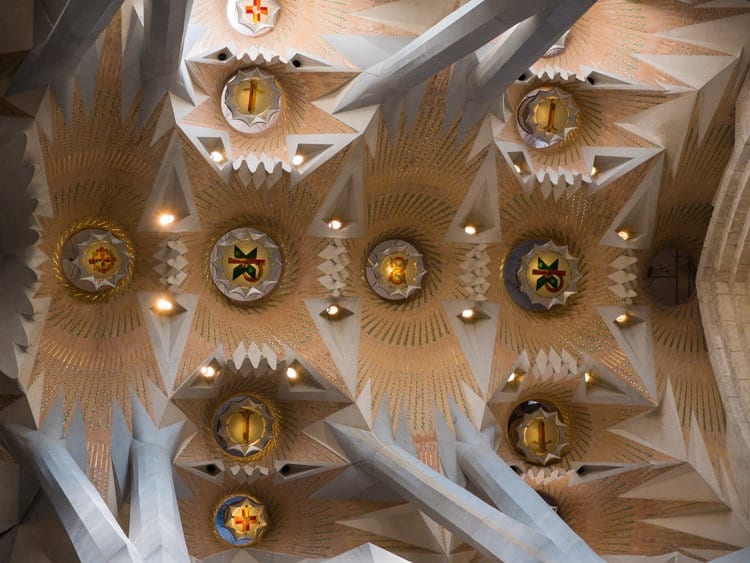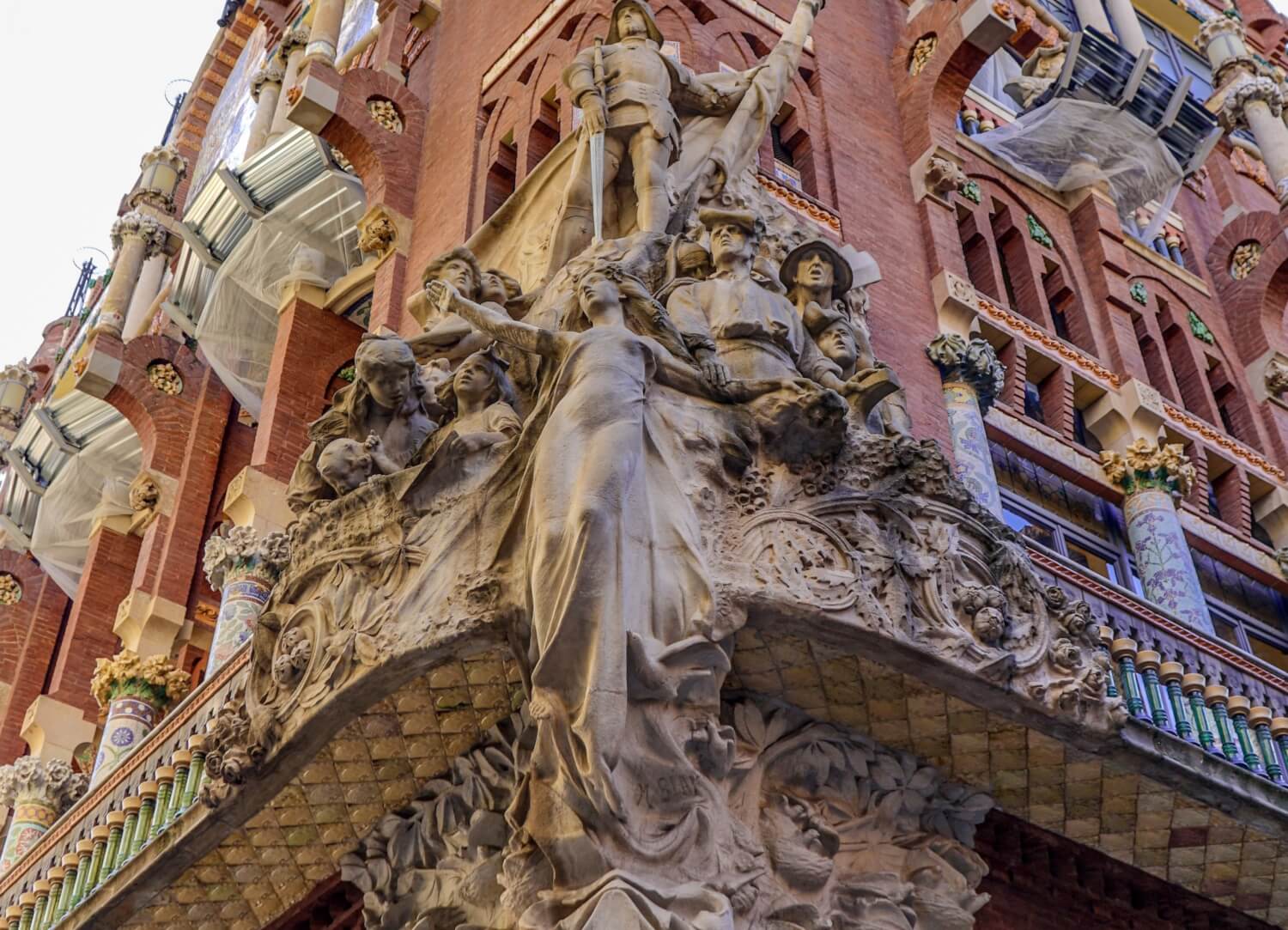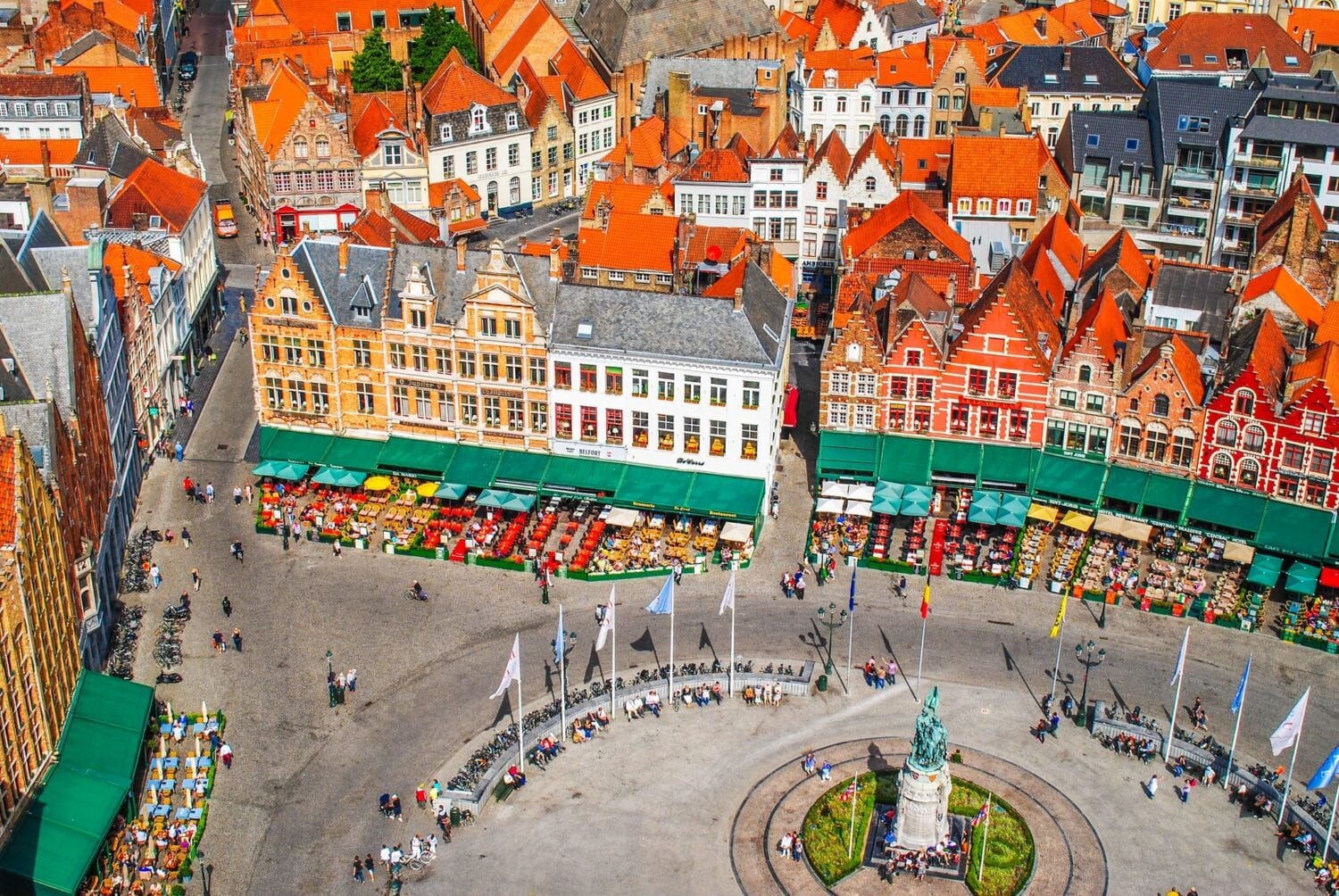Known as the “Venice of the North”, Bruges is a medieval paradise replete with sweeping canals, quaint cobblestones alleyways, unrivalled Gothic architecture and an utterly enchanting atmosphere.
Standing inside the Piazza del Duomo, is the most famous structure in Florence; the Cathedral of Santa Maria del Fiore. Although if you want to sound like a local, just call it the “Duomo.” The bright white marble exteriors, trimmed in green and pink stone, are so unique and iconically Florentine. If there were a beating heart to this city, it would live right here. Whether you’re drawn to the grandeur, the history or the spiritual power of these buildings, visiting these sites in Florence is almost a right of passage. But many people come here and gaze upon this building without really understanding the context behind it’s construction and artistry. Through this post, I hope to help illuminate some of those mysteries and perhaps help you appreciate these attractions for more than just their beauty.
Whether you’re drawn to the grandeur, the history or the spiritual power of these buildings, visiting these sites in Florence is almost a right of passage. But many people come here and gaze upon these buildings without really understanding the context behind their construction and artistry. Through this post, I hope to help illuminate some of those mysteries and perhaps help you appreciate these attractions for more than just their beauty.
Standing on either side of Piazza del Duomo, divided by Via dei Calzaiuoli, are two of the most famous structures in Florence; the Baptistery of St. John and the Cathedral of Santa Maria del Fiore. Although if you want to sound like a local just call the Cathedral, the Duomo. The bright white marble exteriors, trimmed in green and pink stone are so unique and iconically Florentine. If there were a beating heart to this city, it would live right here. Whether you’re drawn here for the grandeur, the history or the spiritual power of these buildings, visiting these sites in Florence is almost a right of passage. But many people come here and gaze upon these buildings without really understanding the context behind their construction and artistry. Through this post, I hope to help illuminate some of those mysteries and perhaps help you appreciate these attractions for more than just their beauty.
The Basilica Santa Croce is one of the most important architectural and historical masterpieces of Florentine art you’ll find in the magnificent Renaissance city of Florence. Its iconic structure overpowers the square and seems to beckon visitors to come inside. Whereas some people are disappointed in visiting the interiors of the Duomo, this church is thoroughly fantastical, inside and out! I’ve attached at the bottom of this post a handy google map of all the different spots on this tour for easy-to-follow directions!
This is my highlights tour to see the most important aspects of the La Sagrada Familia. It’s perfect for those who just want a short introduction to the church or who are on a time crunch!
La Sagrada Familia is THE MOST important sight to see when visiting Barcelona. Its history, design and the feeling you get upon stepping inside in unparalleled. The church feels like a summation of what Barcelona is all about and understanding it before visiting or while you tour it is so essential to better enjoying this fantastic monument.
In a city filled with incredible architectural masterpieces from Gaudi, there is another architect who often gets forgotten. And yet he is perhaps just as influential in terms of founding the Catalan art form of ‘modernism’. His name is Lluís Domènech i Montaner and one of his best designs is the Palau de la Música Catalana. The Catalan style of architecture called ‘modernism’ was developed to support a new Catalan identity.
Known as the Venice of the North, Bruges is a medieval paradise replete with sweeping canals, quaint cobblestones alleyways, unique Gothic architecture and an utterly enchanting atmosphere. Bruges is truly one of my favourite cities to visit. It feels like you could walk endless along the streets and continuously find new discoveries. It’s a fairy-tale like village and I think far too many people just breeze through it on a day-trip from Brussels. I think to truly experience the city at it’s best you need to spend the night and dedicate a good 48 hours to explore every nook and cranny of the city.

